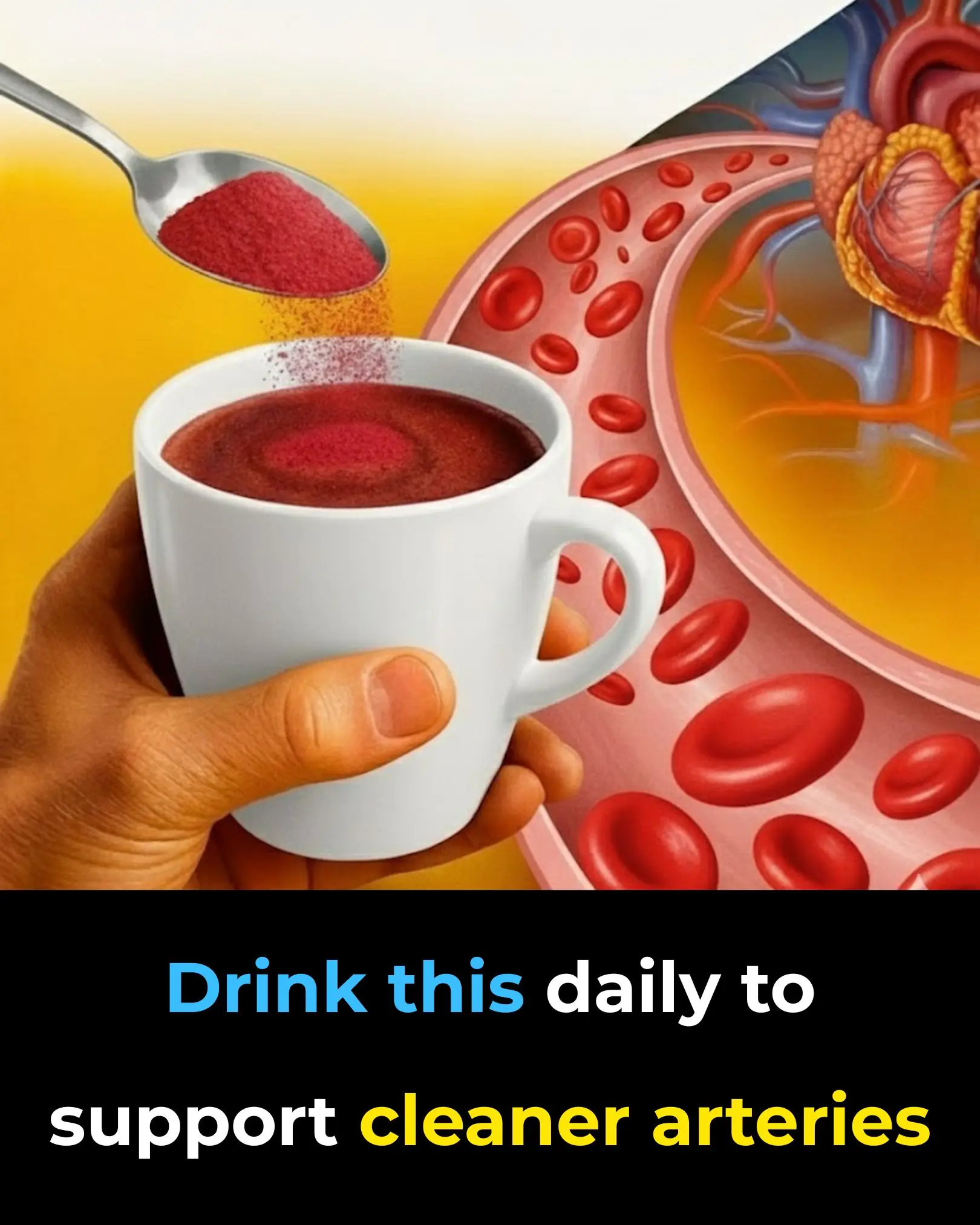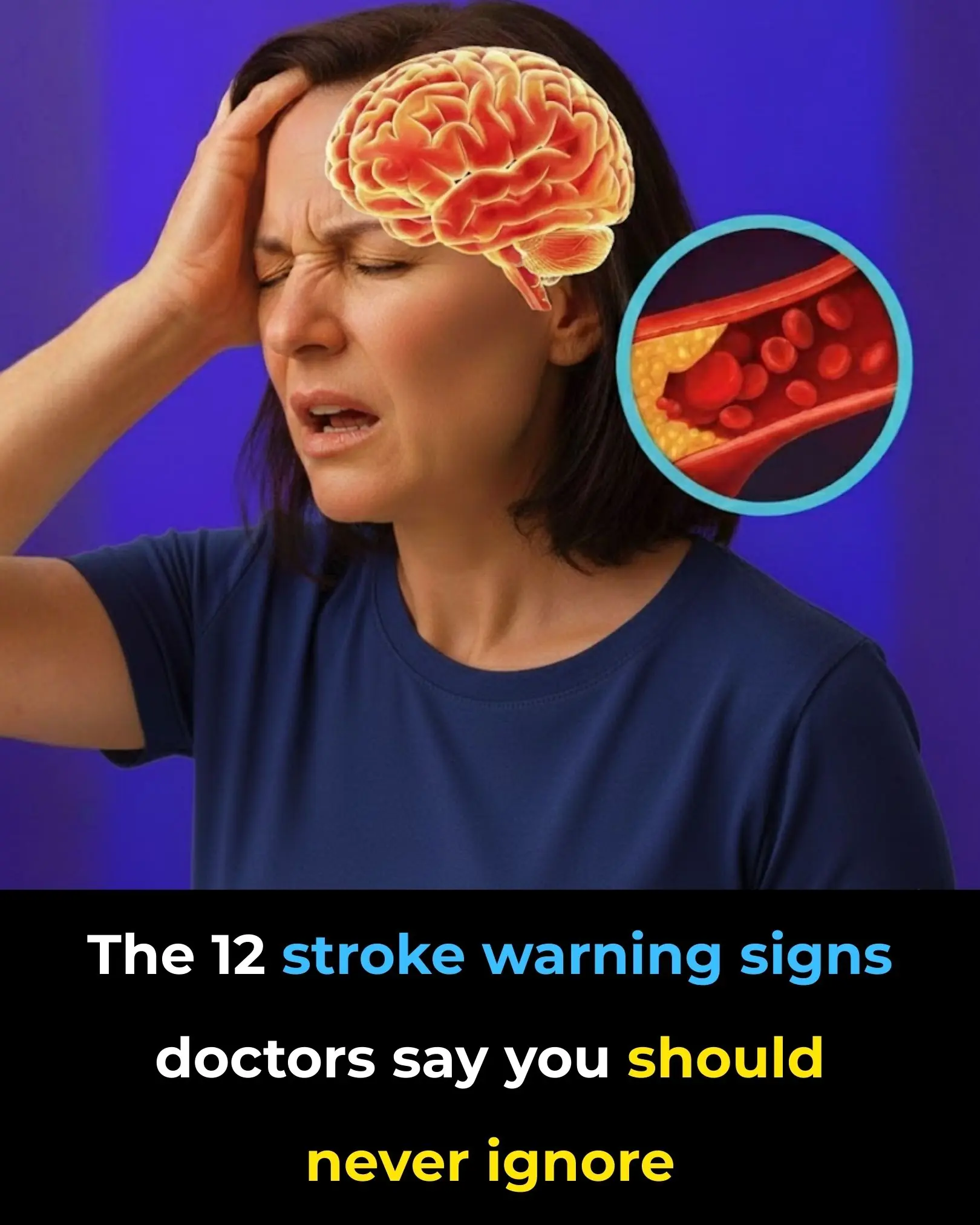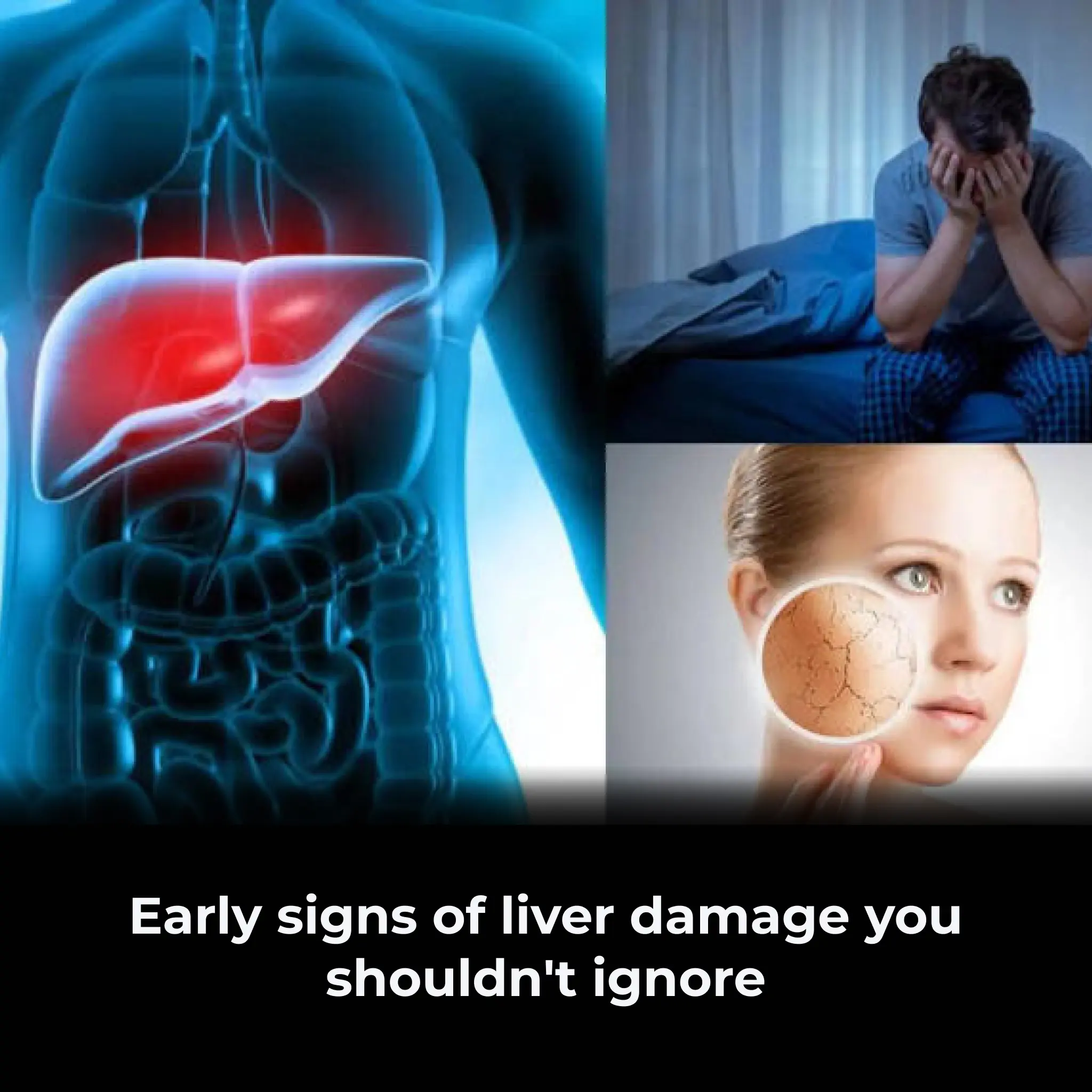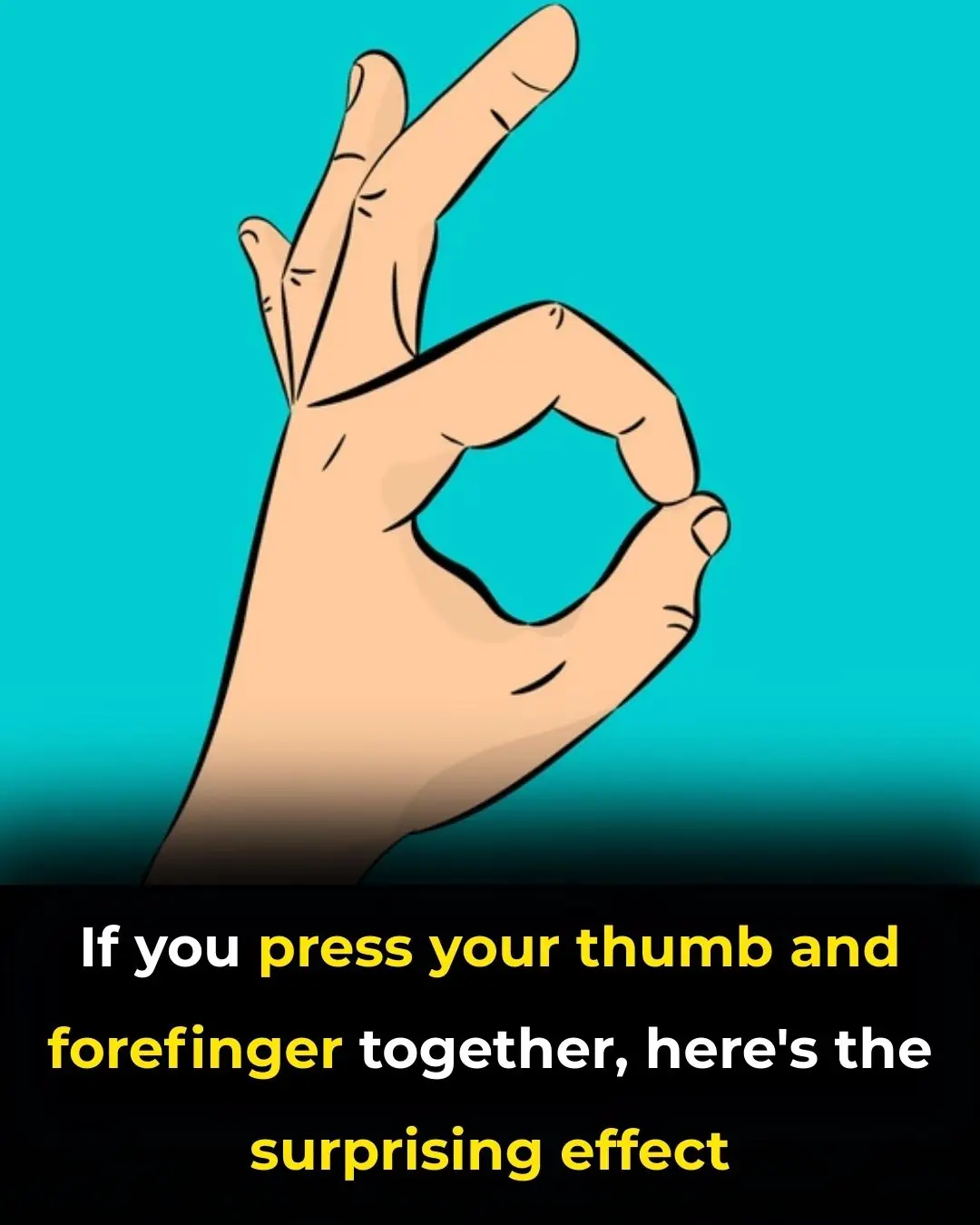Although you may not pay much attention to your fingernails, these small parts of your body can reveal important information about your overall health. Changes in nail appearance can indicate hundreds of different medical conditions, ranging from minor fungal infections to more serious health issues like heart disease, liver problems, or lung disorders. Fingernails have been used as diagnostic tools for centuries, as they often reflect your physiological and health status.
In this article, we will explore how to read the signs your fingernails are sending and what they could potentially reveal about your health.
1. Brittle or Crumbly Nails
Brittle or crumbly nails can occur due to aging or prolonged exposure to harsh chemicals, detergents, or nail polish. However, they can also signal a fungal infection, thyroid disease, psoriasis, or even Lichen planus (a condition that causes itchy rashes in the skin or mouth). In rare cases, this symptom might indicate Reactive arthritis, a painful form of inflammatory arthritis.
2. Discolored Nails
Nails can change color due to various reasons, often indicating underlying health problems.
-
Yellow nails: While yellow nails can result from long-term nail varnish use, they might also indicate fungal infections, psoriasis, or liver problems (such as jaundice). Yellowing nails can also suggest thyroid issues, lung infections, or lymphedema (fluid retention).
-
Green-Black Nails: This color change may signal a bacterial infection under the nail.
-
Bluish or Purple Fingernails: Often a sign of oxygen deprivation, indicating poor blood circulation.
-
Grey Nails: Can result from certain medications or toxicity.
-
Brown Nails: Associated with malnutrition, thyroid disease, or potentially kidney failure, AIDS, or the effects of chemotherapy.
-
White Nails: Can be related to iron deficiency (anemia), cirrhosis, heart failure, or kidney problems. They may also suggest hyperthyroidism or malnutrition, and could also be a side effect of chemotherapy.
3. Thickened Nails
Thick nails can indicate several health problems, most commonly fungal infections, psoriasis, or reactive arthritis. Yellowing, thickened, and slow-growing nails can also suggest lung diseases.
4. Loose Nails
Loose nails, which detach from the nail bed, might be the result of trauma or an infection, but they can also signal thyroid disease, psoriasis, poor circulation, or an allergic reaction to medication.
5. Spoon-shaped Nails (Koilonychia)
Nails that curve inward, resembling a spoon, can indicate serious conditions like iron-deficiency anemia, liver disease (such as hemachromatosis, a condition causing iron overload), Raynaud’s disease (which affects blood flow to fingers and toes), heart disease, and hypothyroidism.
6. Pitting or Dents on the Nails
Small pits or dents on the nails are often seen in conditions like psoriasis, eczema, alopecia areata (autoimmune-related hair loss), or reactive arthritis.
7. Grooves Across the Fingernails (Beau’s Lines)
Beau’s lines are deep grooves that run horizontally across the nail. They may appear after significant health disruptions, such as chemotherapy, trauma, cold temperatures, Raynaud’s disease, diabetes, zinc deficiency, or high fever.
8. Nail Clubbing
Clubbing occurs when the fingertips and nails curve downward. While this can be harmless and sometimes inherited, sudden nail clubbing can indicate a lack of oxygen in the blood, which can be linked to lung disease, heart disease, inflammatory bowel disease (IBD), liver disease, or AIDS.
9. White Lines Running Across the Nails
Parallel white lines across the nails (called Muehrcke’s lines) can signal a protein deficiency in the blood, often related to malnutrition or liver disease. These lines are not the same as normal white spots, and their presence should be addressed by a healthcare provider.
10. Dark Stripes Running Down the Nails
Dark vertical stripes, especially common in people of African descent, are often benign. However, they may also indicate a rare form of skin cancer known as subungual melanoma, which affects the nail bed. This type of cancer typically affects only one nail and should be evaluated by a doctor.
11. Red or Brown Streaks Under the Nails (Splinter Hemorrhages)
These streaks, caused by tiny damaged blood vessels under the nails, are called splinter hemorrhages. They are often harmless but, if affecting multiple nails, can indicate an underlying condition such as infective endocarditis (a heart infection), vasculitis, or other circulatory or systemic diseases.
Conclusion: Nail Health and Its Link to Overall Health
Your fingernails are more than just a cosmetic feature—they can serve as an early warning system for various health conditions. The changes in their color, texture, and shape can provide clues about your internal health, from potential heart problems to liver dysfunction, nutrient deficiencies, or even cancer.
If you notice any significant or persistent changes in your nails, it is crucial to consult a healthcare professional to diagnose the root cause. Regularly checking your nails can help you monitor your health and catch potential problems early.


































